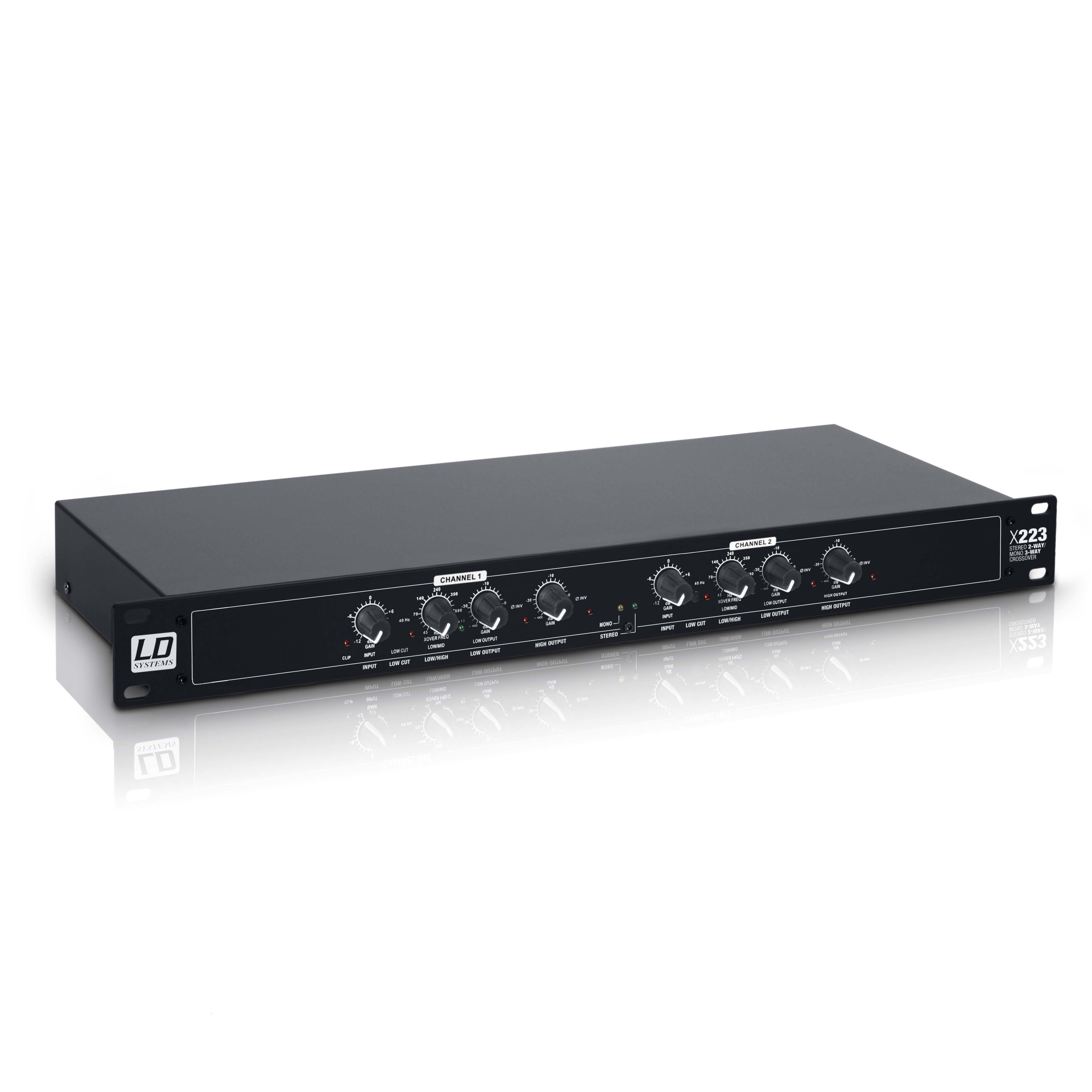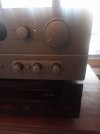DanielT
Major Contributor
I will start my DIY projects soon. I have two different, and by different I really mean different, tweeters. Part of my project is to figure out what kind of sound, dispersion among other things, I like best. Another part to learn plus of course to have fun.
In any case, to my questions. Regarding this driver, which I have:
Eighteen Sound XD125:

 www.eighteensound.it
www.eighteensound.it
This is what the FR looks like, I suspect Eighteen Sound measured on a large baffle, in an anechoic chamber:

Question 1:
Is it possible to smooth the FR over the entire register from around 3kHz and up to 16kHz? So it will be straight throughout that area?
Question 2:
IF it is possible to equalize the FR between 3kHz to 16kHz, does it make sense also off axes? Does the off axes response also follow the on axes when EQing this driver? Can it be interpreted based on this data:

Question 3:
FR as measured by Eighteen Sound under those conditions, but if I don't do anything to the FR how do you think it will be in a normally furnished listening room, living room? Is it possible to say something general about it?
I have acquired a measuring microphone that I will plug in, once I have updated the programs in my computer so I will be able to measure, but right now I was just generally curious.
The other tweeter is this:
 hificompass.com
hificompass.com
Edit:
That the XD125 rolls off at around 16-17kHz doesn't bother me. I still don't hear anything above those frequencies.
In any case, to my questions. Regarding this driver, which I have:
Eighteen Sound XD125:

Eighteen Sound - Professional loudspeakers
This is what the FR looks like, I suspect Eighteen Sound measured on a large baffle, in an anechoic chamber:
Question 1:
Is it possible to smooth the FR over the entire register from around 3kHz and up to 16kHz? So it will be straight throughout that area?
Question 2:
IF it is possible to equalize the FR between 3kHz to 16kHz, does it make sense also off axes? Does the off axes response also follow the on axes when EQing this driver? Can it be interpreted based on this data:
Question 3:
FR as measured by Eighteen Sound under those conditions, but if I don't do anything to the FR how do you think it will be in a normally furnished listening room, living room? Is it possible to say something general about it?
I have acquired a measuring microphone that I will plug in, once I have updated the programs in my computer so I will be able to measure, but right now I was just generally curious.
The other tweeter is this:
SB Acoustics SB26ADC-C000-4 | HiFiCompass
The THD measurements at distance of 315 mm and voltage levels 2.83 - 8 Volt were carried out with High Pass Filter "on" (2nd order Buttreworth type, 500 Hz cutoff, HPF2-500). The THD measurements at distance of 315 mm and voltage level 11.2 Volt were carried out with High Pass Filter "on" (2nd...
Edit:
That the XD125 rolls off at around 16-17kHz doesn't bother me. I still don't hear anything above those frequencies.
Last edited:



